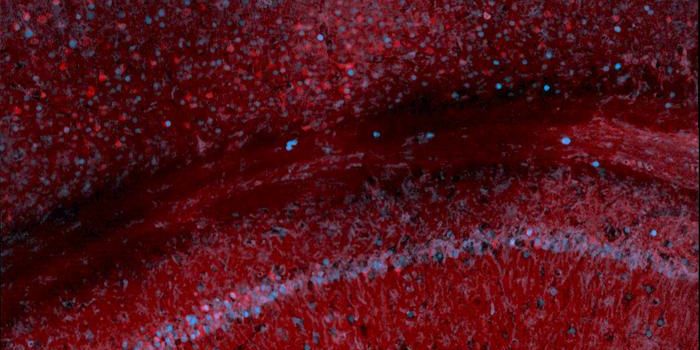Giant Genes Seem to be Crucial to Nervous System Evolution
Some very diverse neurological systems have evolved in animals, like those carried by cephalopods, compared to those found in humans. But scientists have now found an interesting commonality: many genes that are related to the neurological system, such as those that are expressed in neurons and support synapses, are lengthier genes and are some of the longest found in all animals. Some neuronal genes can be tens or hundreds of thousands of base pairs long, such as the human genes NDNF, which is over 37,000 bases long; or GDAP1, which is over 197,000 base pairs long. Mutations in the GDAP1 gene can cause Charcot-Marie-Tooth Disease and neuropathy. Even small mutations in one of many different neuronal genes can cause serious diseases.
This latest study, reported in Current Biology, traced the evolutionary history of important neuronal genes from different, current animals, to their origins, which turned out to be a group of ancient, and long genes. This comparative analysis showed that a common ancestor, whose existence preceded that of many diverse animals, carried a group of big genes, some of which are even older than neurons themselves.
Cephalopods, which include octopi and squid, are close genetic relatives of snails and slugs. Cephalopods also have large brains that are capable of complex tasks, with a highly developed nervous system. They have long neuronal genes, like humans, which have very different neurological systems.
As nervous systems have evolved in different animals, it is possible that the extreme length of neuronal genes facilitated the emergence of diversity, and allowed for a lot of flexibility during the evolution of these complex systems. Neuronal genes have gotten larger and produced more variants even while they are subjected to so-called purifying selection, a natural process that is meant to remove harmful genetic changes and promote DNA stability.
As we learn more about the molecular basis of the nervous system, we could also gain new insights not what happens when these processes go wrong, and how neurological disease arise.
The study complements another recent, unrelated report in Trends in Genetics that has highlighted the reduction in expression of longer genes as organisms age. In that publication, the authors found that many neuronal genes are also very long, which could help explain why so many neurodegenerative disorders become more likely in humans as we age.
Sources: Stanford University, Current Biology
-
MAY 07, 2024Is It Anti-RNP or Anti-Sm/RNP?
-
MAY 08, 2024Expand your Multiomic Capabilities with RNAscope™
- See More
-
APR 30, 2024Immuno-Oncology Virtual Event Series 2024
-
MAY 07, 20243rd International Biosecurity Virtual Symposium
-
MAY 23, 2024For the Love of Digital PCR 2024
- See More


















































